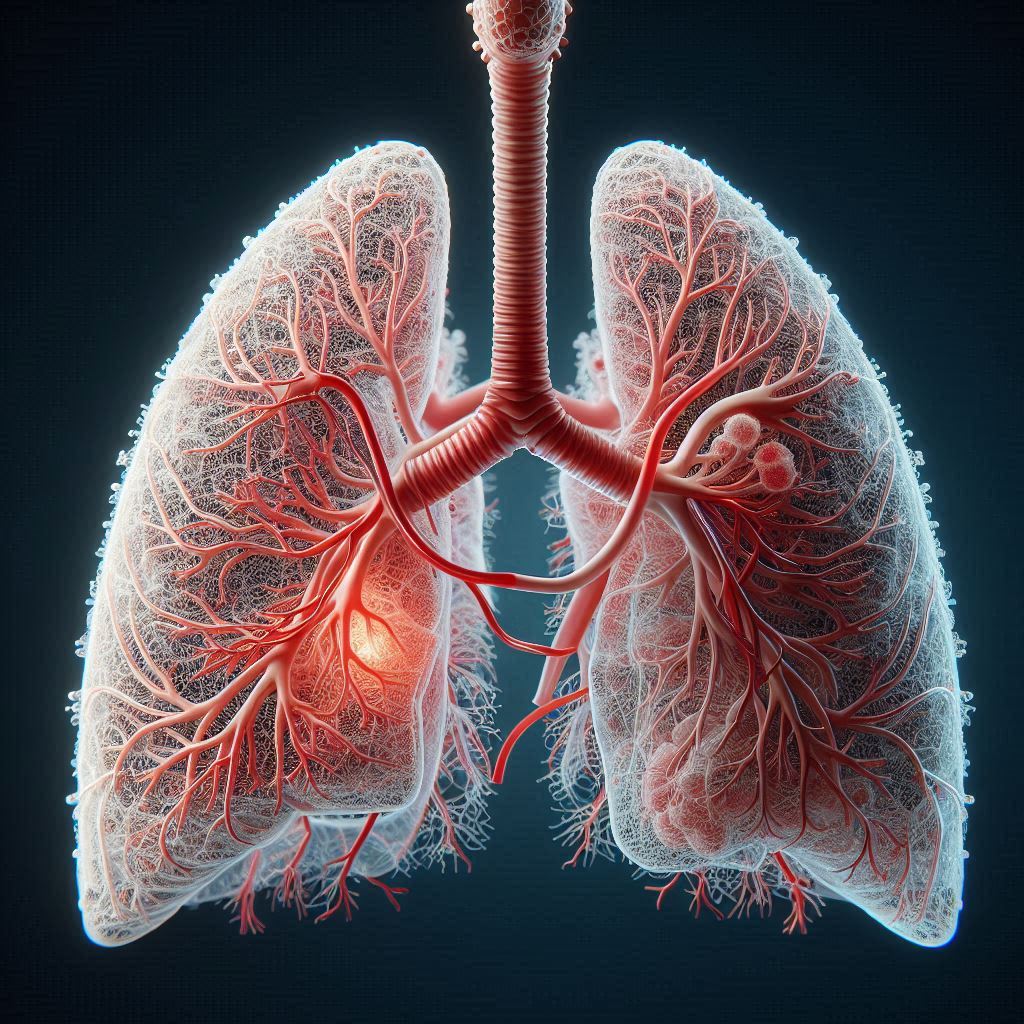
2024-11-26T06:29:17
Vital Capacity of the Lungs: What You Need to Know Vital capacity (VC) is a key measurement in understanding lung health and function. It represents the maximum amount of air a person can exhale after taking the deepest breath possible. This measurement is crucial for diagnosing and monitoring respiratory health. Components of Vital Capacity Vital capacity combines three main lung volumes: Tidal Volume (TV): The normal amount of air inhaled or exhaled during a regular breath. Inspiratory Reserve Volume (IRV): The additional air you can inhale after a normal inspiration. Expiratory Reserve Volume (ERV): The extra air you can exhale after a normal expiration. So, VC = TV + IRV + ERV Factors Affecting Vital Capacity Age: Vital capacity decreases naturally as we age due to reduced elasticity of the lungs. Gender: Men typically have a higher vital capacity than women due to larger lung size. Body Size: Taller individuals often have larger lung capacities. Fitness Level: Regular physical activity and aerobic exercise can improve vital capacity. Health Conditions: Conditions like asthma, COPD, or restrictive lung diseases can significantly reduce vital capacity. How Is Vital Capacity Measured? Vital capacity is measured using a spirometer, a device that records the volume of air during breathing maneuvers. The test involves: Taking a deep breath in. Exhaling as forcefully and completely as possible. Normal Values for Vital Capacity Vital capacity varies based on factors like age, sex, and height: Adults: Typically ranges from 3 to 5 liters. Athletes: May have a significantly higher vital capacity due to enhanced lung efficiency. Why Is Vital Capacity Important? Diagnostic Tool: Helps in diagnosing lung diseases such as asthma, emphysema, or pulmonary fibrosis. Monitor Progression: Tracks changes in lung function over time for individuals with chronic conditions. Fitness Indicator: Indicates overall respiratory health and physical fitness levels. Tips to Improve Vital Capacity Breathing Exercises: Techniques like diaphragmatic breathing or pursed-lip breathing can increase lung efficiency. Cardio Workouts: Activities like swimming, running, or cycling improve lung capacity over time. Avoid Smoking: Smoking damages lung tissue, reducing vital capacity. Stay Active: Engage in regular physical activity to maintain healthy lung function. Understanding and improving your vital capacity is a step toward better respiratory health and overall well-being. If you’re concerned about your lung function, consult a healthcare professional for a proper assessment. Breathe deep and live well!

